XIX century. Texas’ lowlands. Many Americans and other migrants arrived there looking to acquire a small piece of land to farm it and earn a worthy living. Colonized first by Spain in 1690, then part of Mexico and since 1821 belonging to the USA, Texas has been recognized as an economic engine in the States as a livestock powerhouse. Today we will talk about the American black community that is an indissociable part of this country.
In 1825, the African American community accounted a 25% of the population in Texas; fifteen years later this figure increased another 30%. All this happened under the Jim Crow laws that ruled in all Confederate States for more than a century, allowing and boosting slavery and black segregation in the public and private sphere, helping Texan landlords to live such a long golden age with an intensive production on agriculture, cattle stocks and cotton fields. When the American Civil War go off, many Southern people were drafted into the Confederate Army, leaving their slaves in charge of the fields. Later on, in 1863, Abraham Lincoln’s Emancipation Proclamation executive order finally abolished legal slavery in the USA, changing forever the lives of millions of black slaves and their families.
After this historical event, a lot of African Americans became really skilled into the cattle stock management and developed new efficient ways to do so, with new work opportunities coming up. Ranchers found a new chance to make their fortune bigger selling a big part of their livestock to the Union states, where beef was a limited and highly valued item. Transporting these big herds through hardly passable roads and paths was an almost excruciating job where only the most expert and hardened riders will have a chance to accomplish it, and usually these jobs were assigned to those emancipated African American cowboys, that dealt anyway with a rising racial discrimination at every stop, being consistently banned from resting at the inns and dining at the saloons, extra obstacles that made even more difficult their journey.
Western African American heartbeats
Many historians have confirmed one of every four cowboys were black colored, but not many histories about this legacy were written. However, some of their voices and livings haven’t been forgotten. At Corbeto’s Boots we want to pay a heartfelt homage to these brave people, in order to make visible their footsteps and landmarks in a prevailing white culture.
Bill Pickett
Born in 1870, at a very young age he left the school to work at the ranch, where he started horse riding to never again dismount off the saddle. He had such a natural talent that made him win a lot of contests in his homegrown county and in national fairs. Bill will be remembered as the creator and main developer of the bulldogging technique, also known as steer wrestling, in which the bull rider grabs the stock by the horns to subdue the animal to the ground. His great skills were recreated in movies like The Bull-Dogger and The Crimson Skull, being also Mr. Pickett the first nominated and inducted black cowboy into the National Rodeo Hall of Fame.
Cleo Hearn
He was a model in conventions organized by brands such as Ford, Pepsi-Cola and Levi’s, being also the first African American impersonating the iconic Marlboro Man. His ‘lifetime experience’ happened with 16 years old, when Hearn was banned to assist to a rodeo in his homegrown city of Seminole, Oklahoma. This was certainly what fueled Cleo to reach his goals, becoming a few years later in the first black cowboy that won some of the most important USA rodeos, and the first African American college student with a rodeo scholarship.
Bose Ikard
Born as a slave in Summerville, South Carolina, he moved soon with his whole family to Texas. As a tracer, rancher and cowboy, he was one of the pioneers crossing the Goodnight-Loving Trail, the route where the herd was driven from Texas to the Horsehead Crossing, in Denver, Colorado.
Nat Love
Love born and grew up in a Tennessee plantation. After the American Civil War he moved to Texas and was employed as a cowboy, basically driving herds from Texas to South Dakota, crossing more than a thousand miles in each route. Nat was particularly skilled as a cowboy tamer, and was the first rider ever in winning six different competitions in the same rodeo: rope, throw, tie, bridle, saddle and bronco riding.
Which clothes black cowboys wore?
The African American community carried out a big part of the cowboy culture and heritage, in which we may include all western fashion, where worldwide artists such as Tina Turner, Lil Nas X or Charley Pride wear country style clothes, and it’s still the way of living and dressing in the American black community, to the point where international designers are releasing cowboy-themed collection for over several decades, but also classic hats, shirts, boots and jackets will have a place into the cowboy aesthetic.
Related to your footwear, western boots are a must for every cowboy worth its name and for all newcomers that want to drastically change their style: just take a look at your favorite ankle boots, midcalf of high leg boots, made with cow leather, suede, goat skin or snake skin; plain, stitched or embroidered boots… Whatever you choose all cowboy boots are an excellent addition for all seasons.
To look like a genuine Texan you should wear a cowboy hat, as a western distinctive mark, commonly a Cattleman crown hat. This classic western hat has a wider brim and a higher crown with a concave center, with a design that helps to expel rain water faster and reduce the impact of dust, sunbeams and gusty winds. Also bandanas, cowboy leather belts and western buckles are indispensable to relive this travel to the past to the deep American horizon entrails, a hidden history that it must be diffused.


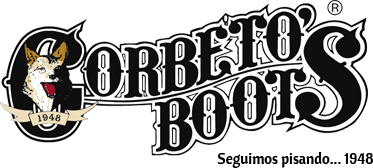



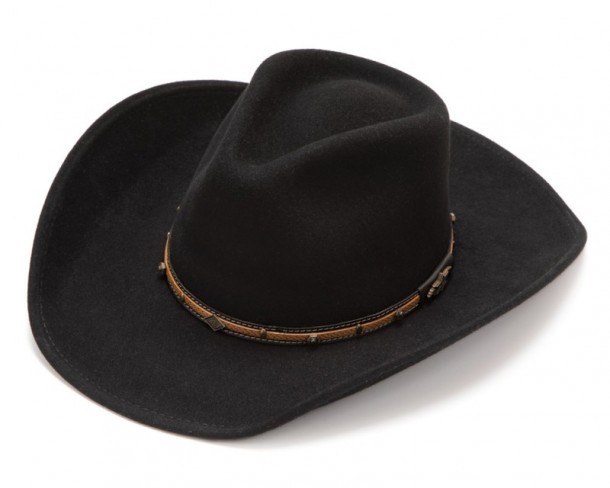
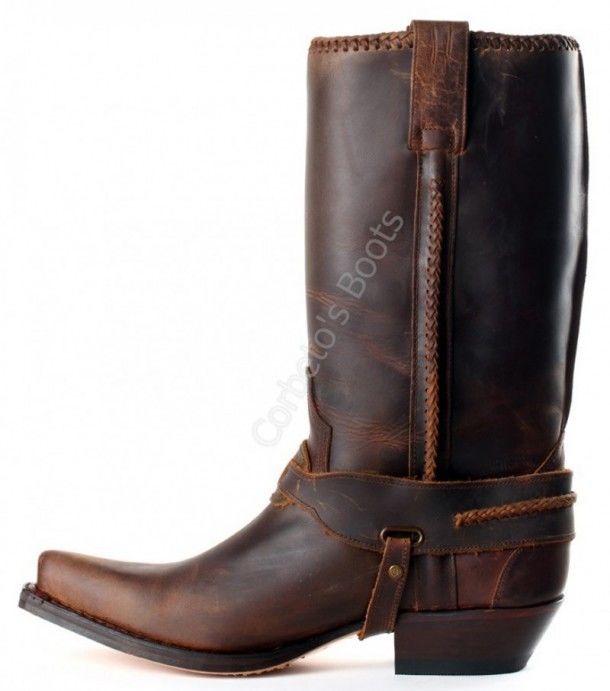
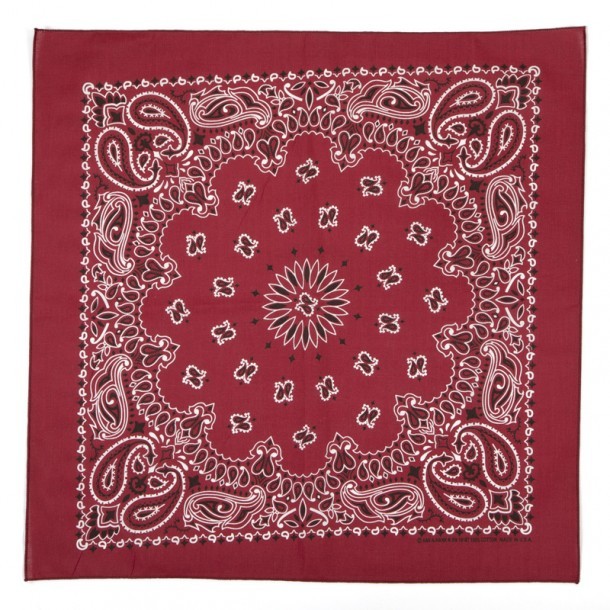
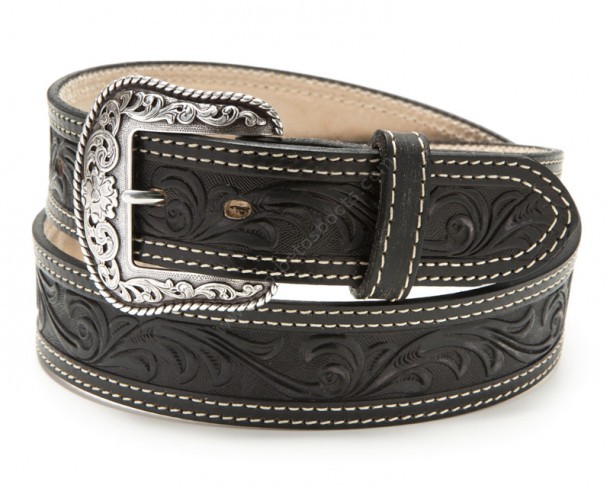
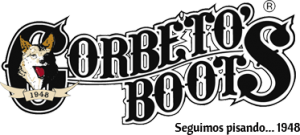


Thank you so much for doing this segment on African American History. It’s not dated. I’d like to know when it posted and who is the author.